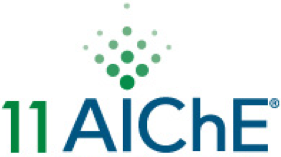

Previously we had explored the concepts of developing an integrated PAT approach to monitor and map the state of a dynamic pharmaceutical co-precipitation process in real time, and to determine the nucleation and growth mechanisms occurred during a pharmaceutical co-precipitation process. The aim of current work was to develop a process QbD case study that demonstrates the feasibility of using an integrated PAT approach for a dynamic pharmaceutical co-precipitation process characterization and design space development at laboratory scale. A dynamic co-precipitation process by gradually introducing water to the ternary system of naproxen-Eudragit L100-alcohol was monitored at real-time in situ via Lasentec FBRM and PVM. The 3-D map of count-time-chord length revealed three distinguishable process stages: incubation, transition, and steady-state. The effects of high risk process variables (slurry temperature, stirring rate, and water addition rate) on both derived co-precipitation process rates and final chord-length-distribution were evaluated systematically using a 33 full factorial design. Critical process variables were identified via ANOVA for both transition and steady state. General Linear Models (GLM) were then used for parameter estimation for each critical variable. Clear trends about effects of each critical variable during transition and steady state were found by GLM and were interpreted using fundamental process principles and Nyvlt’s transfer model. Neural network models were able to link process variables with response variables at transition and steady state with R2 of 0.88~0.98. PVM images evidenced nucleation and crystal growth. Therefore, this work illustrated the possibility of combining first-principle modeling, mechanistic modeling, and empirical modeling approaches for dynamic process characterization and process design space development. Secondly, the technical feasibility of using an integrated PAT approach for in-depth process understanding and process design space development was demonstrated. Finally, the regulatory science perspective around the core concepts was briefly discussed.
Presenter(s)
Once the content has been viewed and you have attested to it, you will be able to download and print a certificate for PDH credits.
If you have already viewed this content,
please click here
to login.
